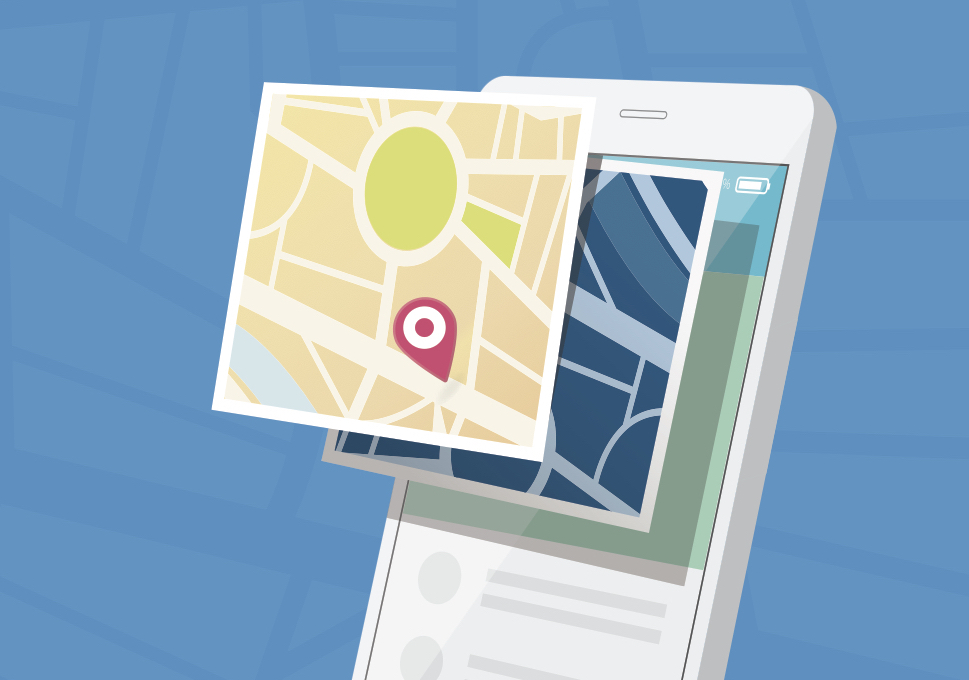Mobile conversion rates are on the rise, but still lag considerably behind what we see on desktops and tablets. A lot of that lag has to do with the simple fact that the population is consuming more and more email through a smartphone.
Email… really?
Yes, really. Email still drives consistent buying traffic to a website. Since your customers are opening more emails on the go, they’re less likely to be in a buying mode. But just because there’s potentially less buying intent in a mobile interaction doesn’t mean we should ignore the channel altogether. When your customers have more choice, each interaction becomes that much more critical.
When one of your customers clicks through a link in an email and the site is impossible to use, it doesn’t matter if your desktop site converts at 10%. Your customers are just never going to see it because of the awful impression you gave them.
An online apparel company used Monetate to optimize conversion for email visitors. They changed email display and design to optimize for mobile devices and targeted messages by device and platform. Their efforts paid off: They saw a 60% boost to the click-through rate.
Here are four tips you can use to improve the mobile experience:
 1. Mind the design
1. Mind the design
Things like mouseover dropdown menus or certain modal windows just don’t work as well on a mobile device. If your customers can’t navigate to the search box easily or the checkout doesn’t offer simple mobile-friendly options like guest checkout or an option like PayPal, you will limit your conversion potential.
2. Simplify, simplify, simplify
Even with pinch to zoom, a page that’s dense with content will be more difficult to navigate than one that is streamlined. Make buttons bigger, simplify navigation to the essential paths, and make the most important copy stand out. If the content isn’t critical, leave it out.
An electronics ecommerce company used Monetate to optimize the iPhone experience for its customers. They used  Monetate to hide, modify, and move elements at just about every point in the conversion funnel—from the homepage to the checkout process. All the changes were designed to simplify the site to keep iPhone users focused on converting.
Monetate to hide, modify, and move elements at just about every point in the conversion funnel—from the homepage to the checkout process. All the changes were designed to simplify the site to keep iPhone users focused on converting.
- Replaced header & footer with more simplified version.Audience: All visitors
- Replaced homepage hero with iPhone-specific creative
- Audience: iPhone users
- Simplified index page by hiding elements such as header, search box, and left nav
- Modified the index page to display products in two columns as opposed to four to increase image size
- Simplified the product page by hiding elements (left nav, breadcrumbs, product image)
- Streamlined the product detail page by moving the CTA out of the right margin and putting it directly below the area where users make their selections
 3. Responsive design doesn’t guarantee a great mobile experience
3. Responsive design doesn’t guarantee a great mobile experience
Just because you have a responsive site doesn’t mean it’s an ideal mobile experience. Just because the formatting looks better doesn’t necessarily mean the utility has improved. Sometimes the content needs to be different on different devices to deliver the best experience.You can also try promoting “responsive offers.” A fashion ecommerce retailer and Monetate customer used Monetate to test mobile-only offers and dynamic content for smartphone users. Their responsive offers were a it: mobile conversion rate went from 0.13% to 1.2% over six-month period.
 4. Think local
4. Think local
Research shows that many smartphone users are looking for local details, like store locations or inventory. So implement features like prominent links to store locators, click-to-call, or click-to buy so they can easily find a nearby store or make a purchase.
For more mobile app ideas and real-world examples from Polyvore, ModCloth, and others, check out Mobile retail apps: There’s a guide for that.
This article was syndicated from Business 2 Community: 4 Ways to Improve the Mobile Shopping Experience—Fast
More Technology & Innovation articles from Business 2 Community:





